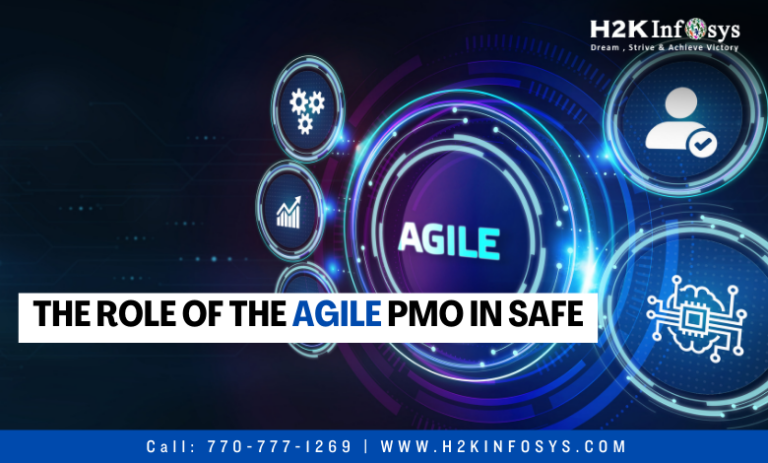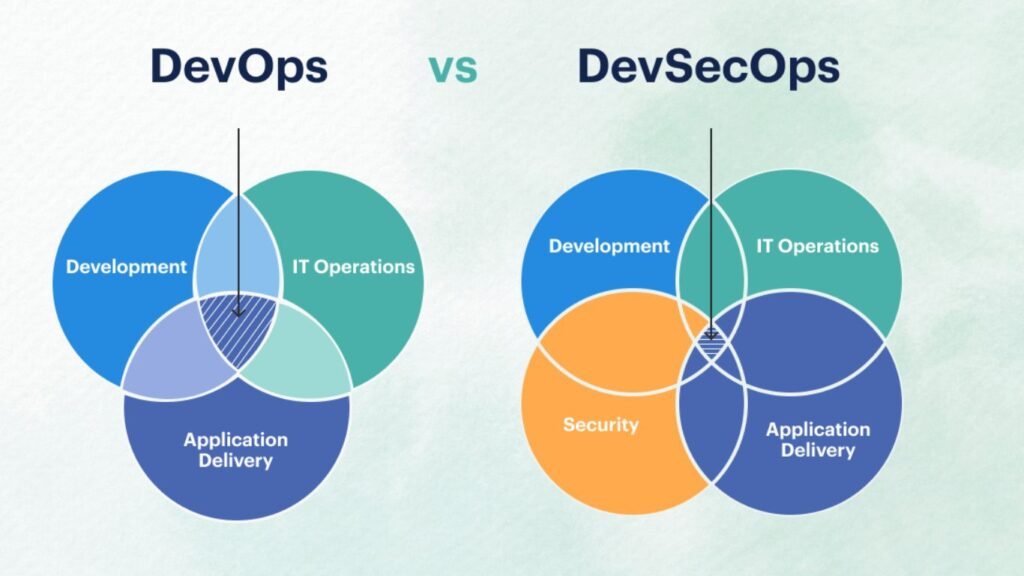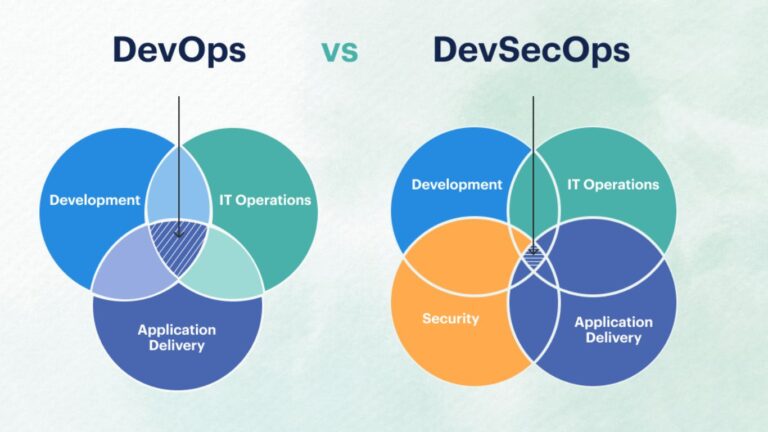Efficiency and agility are what make or break an enterprise-level firm. It is a single firm with numerous teams, offices, and divisions that collaborate to build a profitable corporation that meets and exceeds its objectives.
Organisations seeking efficiency frequently turn to agile delivery methods. They introduce Scrum to software delivery teams, which typically improves delivery. However, Scrum is meant for small groups rather than massive enterprises. Any system that relies on self-organising teams and face-to-face interactions would fail to expand to work across organisations. Check out our Scrum training certification to learn more.
The Agile scaling issue
Several attempts have been made to address the issues related with agility at scale. Methods such as Disciplined Agile (DA), Large-Scale Scrum (LeSS), Nexus, and Scrum At Scale have all been created to address the scalability difficulty. SAFe (Scaled Agile Framework) is one of the most popular scaling frameworks. They have over 600,000 practitioners educated worldwide and claim to have certified SAFe specialists working in 70% of Fortune 100 businesses.
SAFe’s objective is straightforward: to enable the business agility needed for organisations to compete and thrive in the digital age. A Scaled Agile Framework streamlines numerous teams by using workflow patterns from lean, agile, and systems thinking methodologies. Using the Scaled Agile Framework, we will look at how important an Agile PMO (APMO) is to a company’s growth and development.
Why you need an Agile PMO in today’s business world
The Scaled Agile Framework (SAFe®) distinguishes the role of the PMO in a SAFe setting by referring to it as an Agile PMO or APMO. They define it as a team that collaborates with other functions to deliver Agile Portfolio Operations. Rather than viewing the Agile PMO as a support function for Project Management, they suggest abandoning project management entirely in favour of focusing on Products and Value Streams. SAFe 5.0 identifies three key duties for the APMO:
- Coordinating Value Streams
- Supporting Program Execution
- Fostering Operational Excellence
A PMO is responsible for ensuring that procedures, operations, and practices are efficient, streamlined, and cost-effective. Today’s global business environment is fast-paced, digitised, and extremely competitive. Companies must give significant value to stakeholders. However, many PMOs implement practices that are not customer-centric.
In other words, they are not defined with the business’s customers in mind. The traditional technique of managing a PMO and projects is primarily reliant on functional silos and temporary teams, year-ahead and top-down planning and budgeting, and a centralised ‘funnel’ for work intake. They demand detailed business cases with an estimated return on investment. In the absence of additional indicators, success is often judged in terms of milestones and how many tasks were completed.
While this methodology was sound prior to the digital and global business revolutions, it is no longer applicable. With more firms adopting a lean and agile approach, they want a PMO that reflects those values. The Agile PMO blurs the barriers between delivery and operations like never before, leveraging their expertise in coordination, execution, and continuous improvement.
An Agile PMO collaborates with the business to organise people into value streams and encourages continuous workflow. The process begins with strategy and investment money to guarantee that everything is planned to fulfil portfolio-wide targets across all teams and divisions. The PMO then fosters agile operations, utilising decentralised program execution and operational superiority. Throughout the framework, the APMO is responsible for spending, auditing, compliance, forecasting, and measurement.
Understanding Agile PMO better
Enterprise-level firms deal with billions of dollars in expenditures across many value streams. An Agile PMO that employs a Scaled Agile Framework ensures that investments are directed to the appropriate locations to accomplish the necessary tasks. The purpose is to understand the business objectives and ensure that the work required to achieve them is supported. The PMO must understand the portfolio from top to bottom, not only knowing where it is presently but also devising a strategy to improve. The PMO must anticipate concerns and problems and adapt the portfolio strategy as issues arise or the business context shifts.
This is not simply the PMO’s responsibility. Executives, stakeholders, architects, and technologists are among those who make up the project’s leadership team. Working with each group, the team ensures that the portfolio is aligned with the company’s strategy, generates a clear vision for the portfolio, provides budgets and guardrails, and builds the project flow.
Agile Release Trains and Solution Trains enable the development of decentralised operations. Even with a Scaled Agile Framework, someone needs to keep these trains on track. The PMO ensures that they are all aligned and working together.
The Agile PMO strives to create a budgeting technique that is more flexible than a long-term budget. They understand both the historical and projected costs for each solution, and budgets are updated every six months based on budget reviews.
The PMO contributes to the development of portfolio performance metrics such as strategy implementation, spending, projected results, and timeframes. These indicators are employed in all areas of development, from research to marketing.
Once the project budget, KPIs, and strategy are matched, the Agile PMO remains vigilant to verify that all key performance indicators are reached and that all teams collaborate smoothly.
Many firms who create Scaled Agile Frameworks recognize the necessity for an Agile Project Management Office to ensure that the framework and their projects are as efficient and lucrative as feasible. The framework can help build strategy and performance, but someone must be able to manipulate it and keep things in order.
Conclusion
If you can liken the Scaled Agile Framework as a train network, then the Agile PMO is the controller. It keeps the trains moving and ensures that everyone reaches their destination on schedule. Without the controller, the entire system comes to a halt. Check out our Certified scrum master training.





























